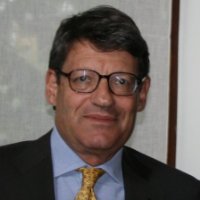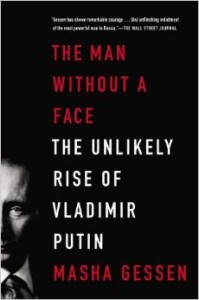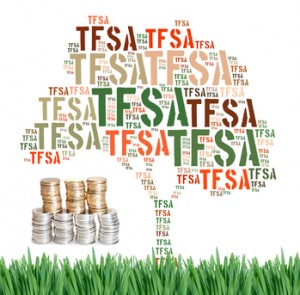 Ah, life was so simple when all we had were Defined Benefit pension plans! I sometimes envy my late father, who only had to invest in GICs (Guaranteed Investment Certificates) to supplement his inflation-indexed Ontario Teachers pension. Just like a salary, that guaranteed pension flowed in like clockwork, including a healthy survivor’s benefit after my father predeceased my mother.
Ah, life was so simple when all we had were Defined Benefit pension plans! I sometimes envy my late father, who only had to invest in GICs (Guaranteed Investment Certificates) to supplement his inflation-indexed Ontario Teachers pension. Just like a salary, that guaranteed pension flowed in like clockwork, including a healthy survivor’s benefit after my father predeceased my mother.
Unfortunately, such pensions do not pass to the next generation and it’s becoming harder to find employers that offer new employees DB plans: even if you’re fortunate enough to be in one, you may be subjected to pressures to switch to a Defined Contribution Plan, putting stock-market risk squarely on the pensioner’s shoulders instead of the employer’s.
Decumulation Issues similar with RRSPs and RRIFs
Since RRSPs behave quite similarly to DC pensions, the issues are almost the same, both on the wealth accumulation side as well as what we call the Decumulation side. (Here at the Hub, we have sections devoted to blogs on either topic).

One of the frequent contributors to the Hub’s Decumulation section is John Por, founder of the (you guessed it!) Decumulation Institute. John recently wrote an intriguing article in Benefits Canada about the need to overcome the Behavioural Obstacles inherent in Decumulation Decision Making.
Unlike DB plans, members of DC plans need some employer-supplied education so as to optimize both the wealth accumulation as well as the ultimate decumulation that is the ultimate raison d’être of any pension. Por says an OECD study found most employer communications programs about DC pensions were rather ineffective in improving the behaviour of the plan members when it came to investing decisions. The average score of such programs was only 10 out of a maximum 100. (a range of 50-60 is considered effective).
Anyone near retirement and without significant income from old-fashioned DB plans well knows the stress of seeing RRSP or RRIF values fluctuate with financial markets. As Por notes, one reason for the disappointing DC scores is this:
Plan members are expected to make complex decisions about an uncertain future … Members are expected to make the same or even more difficult decisions as chief investment officers (CIOs) of large pension funds.
His fifth point is also instructive:
Educators fail to recognize the inherent challenge of overcoming limitations imposed by human nature, such as people’s hard-wired biases and heuristics.
Most DC plans do a good job educating members in the Accumulation years. Por says default options can guide more than 80% of members to a well-diversified efficient portfolio at low costs. But it all breaks down just when the money is needed at retirement:
Unfortunately, much of this support disappears at the decumulation decision— the very point where complexity explodes. Yet 60 cents of every retirement dollar are paid by returns earned after retirement as the direct result of decumulation decisions.
Por delves into behavioural economics, noting that one reason retirees shy away from annuities is that they “discount” the value of the tradeoff involved in converting capital to long-term secure income stream that should last 20 or 30 years.
While Por’s focus is DC plans, remember that the decumulation issues are also quite relevant for those planning for the transition from RRSPs to Registered Retirement Income Funds (RRIFs). But with 9 million Canadians set to retire in the next 15 or 20 years, he’s optimistic that employers and financial institutions will rise to the Decumulation challenge:
Canadian society will produce 1,500 retirees every working day for the next 20 years, and financial institutions have an overriding interest in serving them. As these institutions vie for asset decumulation, competition will result in better financial products and more effective education efforts.






